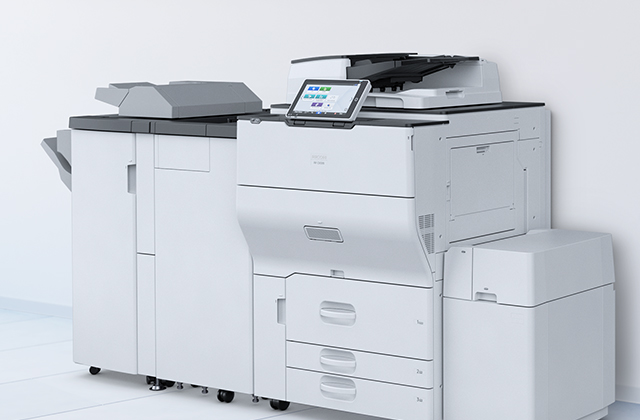How to file and find documents in 7 steps

Digitisation does not automatically mean that you will benefit from clear filing in the future
1. Think about a suitable folder structure before digitising
2. Choose a specific folder system
3. Fill the new filing system with files
4. Maximize efficiency: extensively digitise documents
5. Think of reliable protection for your data
6. Organise and manage access rights to folders
7. Use the support of professional document management providers
Let’s connect
Talk to a Ricoh expert
Get in touch with one of our consultants and find out how we can help your business.












